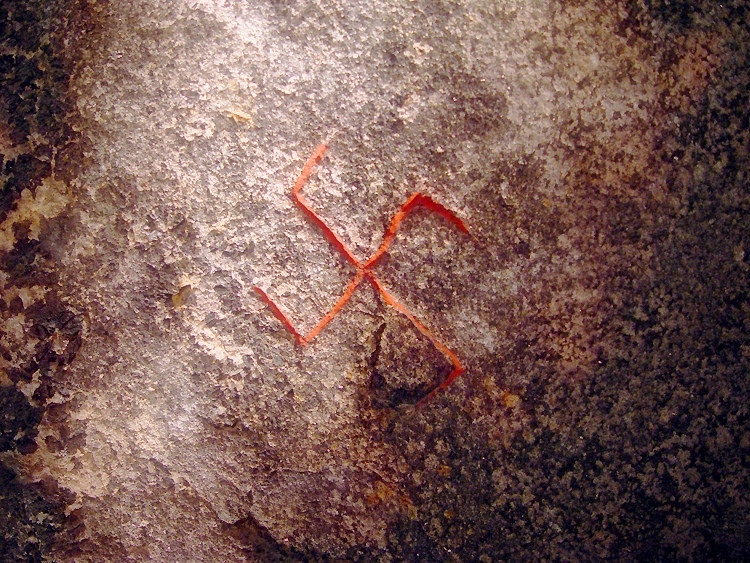|
Chokorgyel Monastery
Chokorgyel Monastery (; also, Chökorye, Chokhor-gyal) is a Buddhist monastery in Gyatsa County in Tibet, China. History In 1509 Gedun Gyatso, the 2nd Dalai Lama, had a meditation cave and founded a hermitage here. The Gelugpa monastery of Chokorgyel (), is a four-hour hike from the sacred lake, Lhamo La-tso, and about 115 km northeast of Tsetang and about 160 km southeast of Lhasa. The monastery is at an altitude of 4,500 m (14,764 ft), while the lake itself is at an altitude of about 5,000 m. (16,404 ft). It is a small, oval lake - no more than 2 square kilometres in size. The Dzungar Mongols severely damaged the monastery in 1718, although it was rebuilt immediately by the Regent Kangchene, although little, if anything ancient would have survived until the time of the arrival of the Chinese in 1959. It is said that Palden Lhamo, the female guardian spirit of the sacred lake, Lhamo La-tso, promised the 1st Dalai Lama in one of his visions "that she wou ... [...More Info...] [...Related Items...] OR: [Wikipedia] [Google] [Baidu] [Amazon] |
1st Dalai Lama
The 1st Dalai Lama, Gedun Drupa (; 1391–1474) was a student of Je Tsongkhapa, and became his first Khenpo (Abbott) at Ganden Monastery. He also founded Tashi Lhunpo Monastery in Shigaste. He was posthumously awarded the spiritual title of Dalai Lama. Biography Gedun Drupa was born in a cow-shed in Gyurmey Rupa near Sakya in the Tsang region of central Tibet, the son of Gonpo Dorjee and Jomo Namkha Kyi, nomadic tribespeople. He was raised as a shepherd until the age of seven. His birth name (according to the Tibetan Buddhist Resource Center, his personal name) was Péma Dorjee (, "Vajra Lotus"). Ordination Later he was placed in Narthang Monastery. In 1405, he took his '' getsul'' (novitiate) vows from the abbot of Narthang, Khenchen Drupa Sherap. When he was 20 years old, in about 1411 received the name Gedun Drupa upon taking the vows of a '' bhikṣu'' (monk) from the abbot of Narthang Monastery. Also at this age he became a student of the scholar and reformer Je ... [...More Info...] [...Related Items...] OR: [Wikipedia] [Google] [Baidu] [Amazon] |
Swastika
The swastika (卐 or 卍, ) is a symbol used in various Eurasian religions and cultures, as well as a few Indigenous peoples of Africa, African and Indigenous peoples of the Americas, American cultures. In the Western world, it is widely recognized as a symbol of the German Nazi Party who Cultural appropriation, appropriated it for their party insignia starting in the early 20th century. The appropriation continues with its use by Neo-Nazism, neo-Nazis around the world. The swastika was and continues to be used as a symbol of divinity and spirituality in Indian religions, including Hinduism, Buddhism, and Jainism. It generally takes the form of a cross, the arms of which are of equal length and perpendicular to the adjacent arms, each bent midway at a right angle. The word ''swastika'' comes from , meaning 'conducive to well-being'. In Hinduism, the right-facing symbol (clockwise) () is called , symbolizing ('sun'), prosperity and good luck, while the left-facing symbol ... [...More Info...] [...Related Items...] OR: [Wikipedia] [Google] [Baidu] [Amazon] |
Sutra
''Sutra'' ()Monier Williams, ''Sanskrit English Dictionary'', Oxford University Press, Entry fo''sutra'' page 1241 in Indian literary traditions refers to an aphorism or a collection of aphorisms in the form of a manual or, more broadly, a condensed manual or text. Sutras are a genre of ancient and medieval Indian texts found in Hinduism, Buddhism and Jainism. In Hinduism, sutras are a distinct type of literary composition, a compilation of short aphoristic statements.Gavin Flood (1996), ''An Introduction to Hinduism'', Cambridge University Press, , pages 54–55 Each sutra is any short rule, like a theorem distilled into few words or syllables, around which teachings of ritual, philosophy, grammar, or any field of knowledge can be woven. The oldest sutras of Hinduism are found in the Brahmana and Aranyaka layers of the Vedas. Every school of Hindu philosophy, Vedic guides for rites of passage, various fields of arts, law, and social ethics developed respective sutras, ... [...More Info...] [...Related Items...] OR: [Wikipedia] [Google] [Baidu] [Amazon] |


